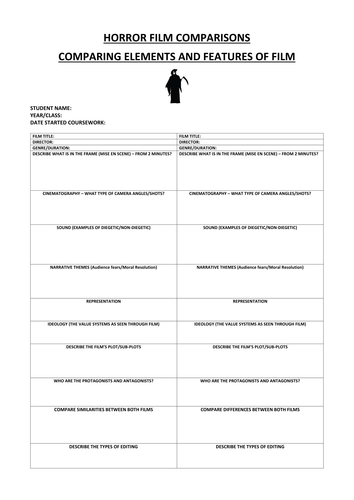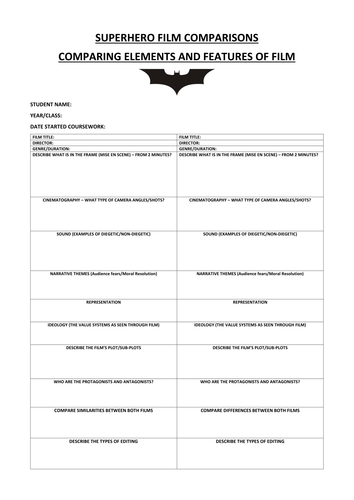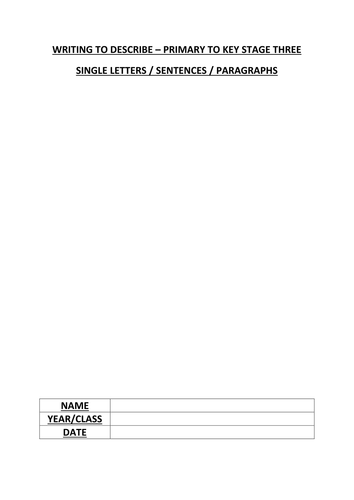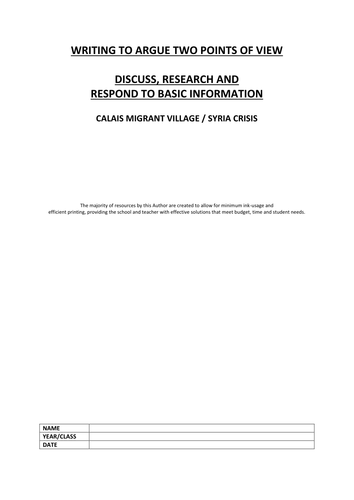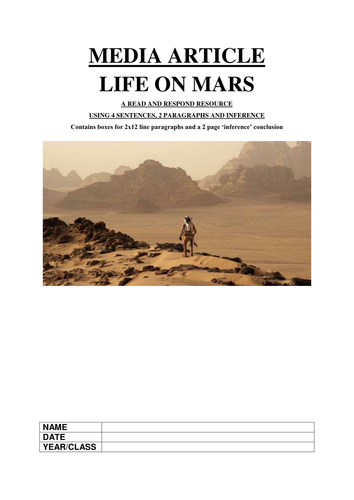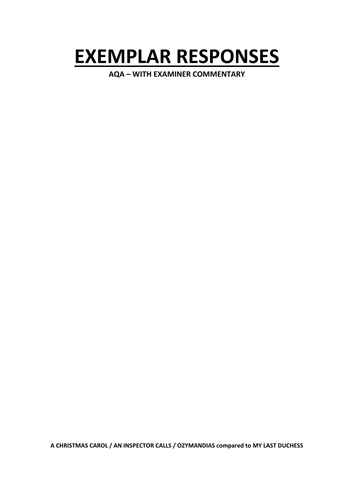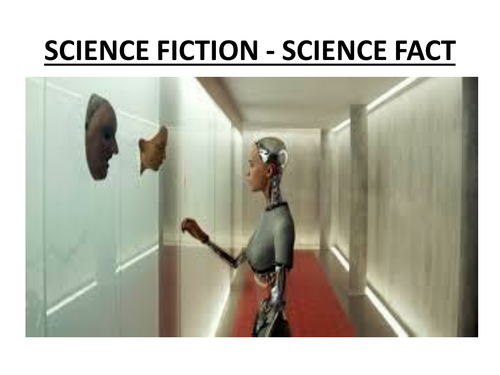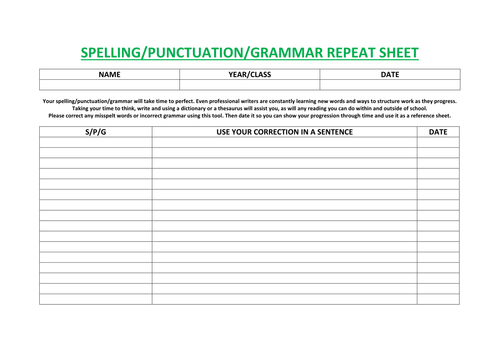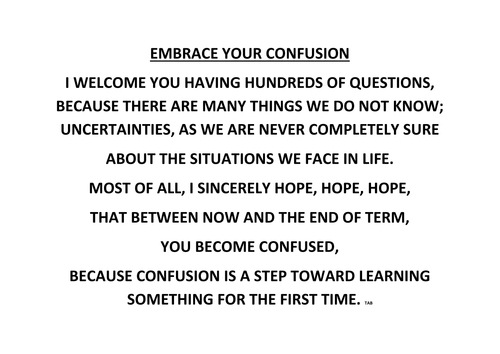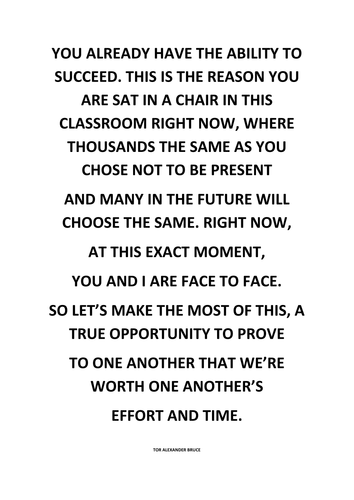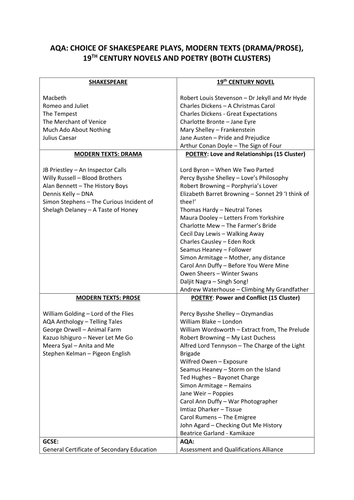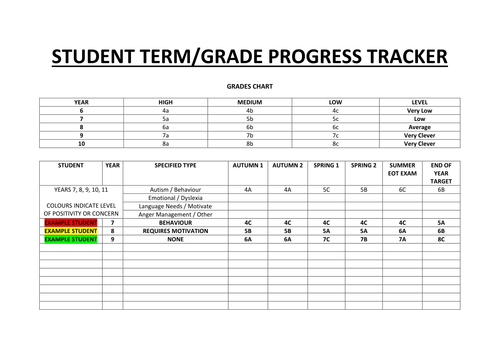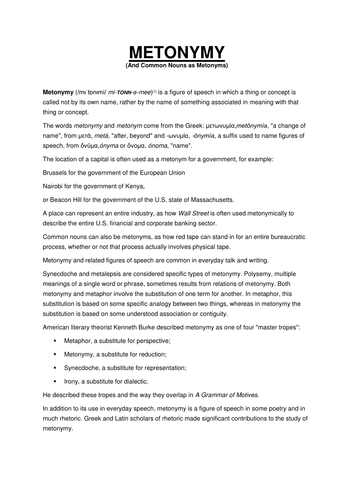EYEOFTHEFLY
Most resources I develop are geared towards GCSE 2016-18 (AQA and Edexcel) curriculum and are practical solutions to classroom teaching. I keep most of these black and white for simple/cost-effective print. I read each novel/play/poem and break down into manageable parts. I find this most effective within classrooms where students require chunks of information they can order, in sequence. The 'study-packs' I create can apply to any book/play/poem and provide visual tools for memory recall.


